It’s no secret that dogs cost money, especially when it comes to veterinary visits. From routine vaccinations to serious illness or injury, there are thousands of reasons dog owners seek medical help for their dogs each year – and pay a very pretty penny for it.
Although all dog owners should be ready to handle emergencies, understanding your breed’s common health problems (if they have any) is important when making day to day decisions about your dog’s health.
If you’re looking to avoid costly veterinary care and frequent doctor visits, you might want to avoid some breeds completely. Recently, analysts over at Petbreeds, a pet research site, have been working with Veterinary Pet Insurance Co. (VPI) to create a list of dog breeds that rack up the highest veterinary costs per year.
VPI is one of the largest pet insurance providers in the United States, so they have quite a bit of data to work with. Looking at various breeds across 2,000 VPI policies, the teams compiled a list of the dog breeds with the largest amounts, on average, of injury and illness claims. Please note that dental cleanings and annual wellness exams were not included in the study, only injury and illness claims.
#1 – Bernese Mountain Dog
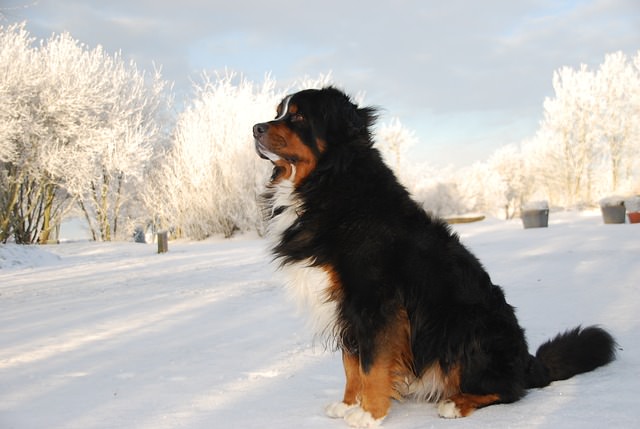
The average cost claimed per year for Bernese Mountain Dogs is $1,361. This large working breed is strong but gentle, making an excellent companion for children and people of all ages. They are predisposed to a number of health problems, including many types of cancer (osteosarcoma, lymphosarcoma, mast cell tumors, malignant histiocytosis and fibrosarcoma), cataracts, progressive retinal atrophy, arthritis, hip dysplasia, osteochondritis and cruciate ligament ruptures.
#2 – Newfoundland
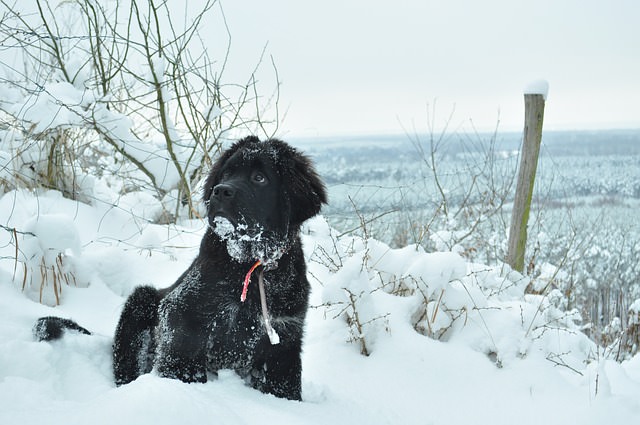
The average cost claimed per year for Newfoundlands is $1,294. Newfoundlands are large, gentle dogs originally bred to rescue victims in the icy waters of Canada. Because of this, they are extremely good-natured and docile. Unfortunately, they are predisposed to certain health issues. These include hip and elbow dysplasia, epilepsy, subvalvular aortic stenosis (which causes what is most accurately described as a heart attack) and bladder stones.
#3 – Rottweiler
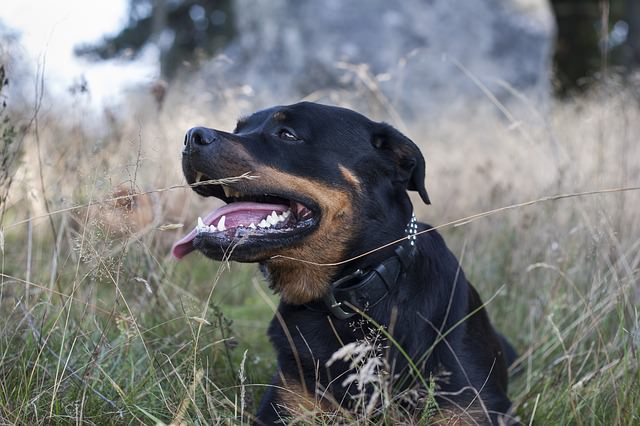
The average cost claimed per year for Rottweilers is $1,186. The Rottweiler is a large, powerful working dog with a deep loyalty to its family. They make excellent active companions, but are predisposed to a variety of health concerns. These include hip dysplasia, Osteochondritis dissecans (a shoulder joint problem), hypertrophic cardiomyopathy, osteosarcoma and cataracts.
#4 – English Cocker Spaniel
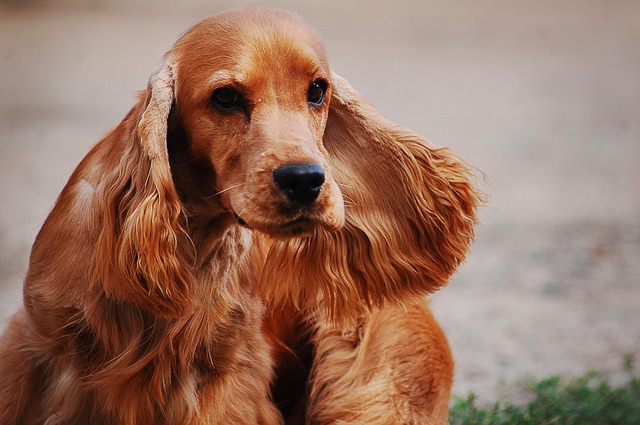
The average cost claimed per year for English Cocker Spaniels is $1,172. These playful dogs were originally bred to be hunters, but they make excellent family companions today. Skin allergies, benign tumors, cataracts and deafness are common issues seen in this breed. Aside from physical ailments, Cockers are often victims of Rage Syndrome. Rage syndrome is described as a dog attacking suddenly, savagely and without awareness of its surroundings. Although it can affect any breed, it is most commonly diagnosed in Cocker Spaniels.
#5 – Doberman Pinscher
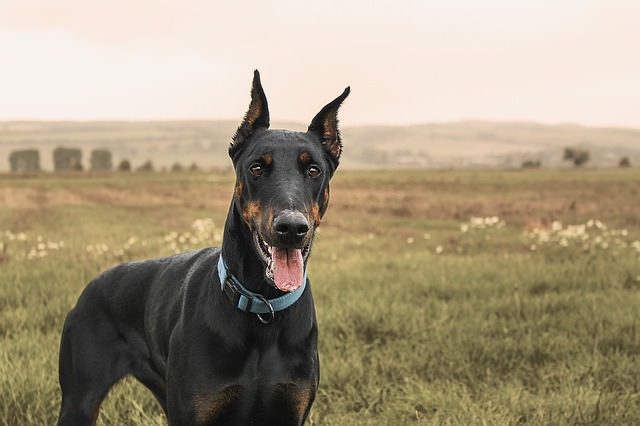
The average cost claimed per year for Doberman Pinschers is $1,163. Doberman Pinschers are large, powerful dogs that enjoy spending time with their owners. They are deeply loyal, active dogs that are unfortunately plagued by many health issues. The most common diseases found in Dobermans include dilated cardiomyopathy, von Willebrand’s disease and cervical vertebral instability. Prostatic disease, hip dysplasia, bloat and hypothyroidism should also be considered.
#6 – Great Dane
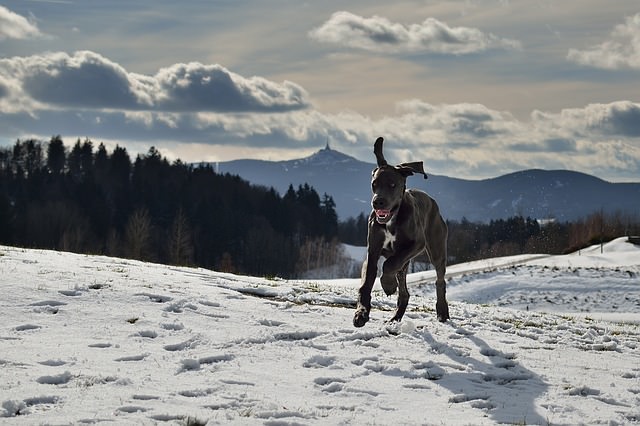
The average cost claimed per year for Great Danes is $1,127. These gentle giants may look imposing, but they make great companions for people and children of all ages. Unfortunately, their size brings several problems into play. Great Danes are at a very high risk for bloat, commonly suffer from hip dysplasia, wobbler disease, dilated cardiomyopathy and other congenital heart diseases.
#7 – Rhodesian Ridgeback

The average cost claimed per year for Rhodesian Ridgebacks is $1,122. Rhodesians are large, powerful dogs that make excellent active companions. They are prone to their fair share of health issues, however. These include, but are not limited to, hip dysplasia, dermoid sinus, degenerative myelopathy, hypothyroidism and bloat.
#8 – Weimaraner

The average cost claimed per year for Weimaraners is $1,111. Weimaraners are very active, intelligent dogs that make excellent family companions. Unfortunately, their health is not as it once was. The breed commonly suffers from elbow dysplasia, bloat, eye problems including distichiasis and entropion, progressive renal atrophy, von Willebrand’s disease and others.
#9 – French Bulldog
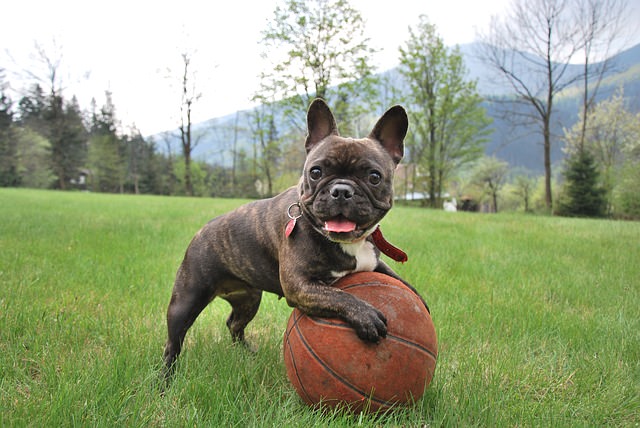
The average cost claimed per year for French Bulldogs was $1,087. French Bulldogs are considered the class clowns of the dog world, but they are plagued with many health issues. Their shortened airways lead to breathing problems as well as susceptibility to heat exhaustion as they are unable to cool down as effectively as other breeds. Other ailments include patella luxation, corneal ulcers, cherry eye, spinal malformations and reproductive difficulties.
#10 – Basset Hound
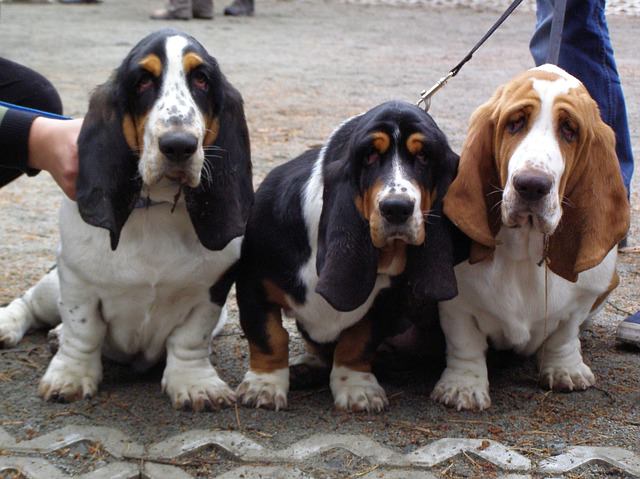
The average cost claimed per year for Basset Hounds was $1,064. Originally bred as scent hounds, it’s thought that their large ears help draw scent to their noses. Basset hounds are gentle dogs, great with children and often with other pets. They are prone to ear infections, bloat (gastric dilatation volvulus), epilepsy, glaucoma, hip and elbow dysplasia and other health concerns.
 Toledo, United States.
Toledo, United States.